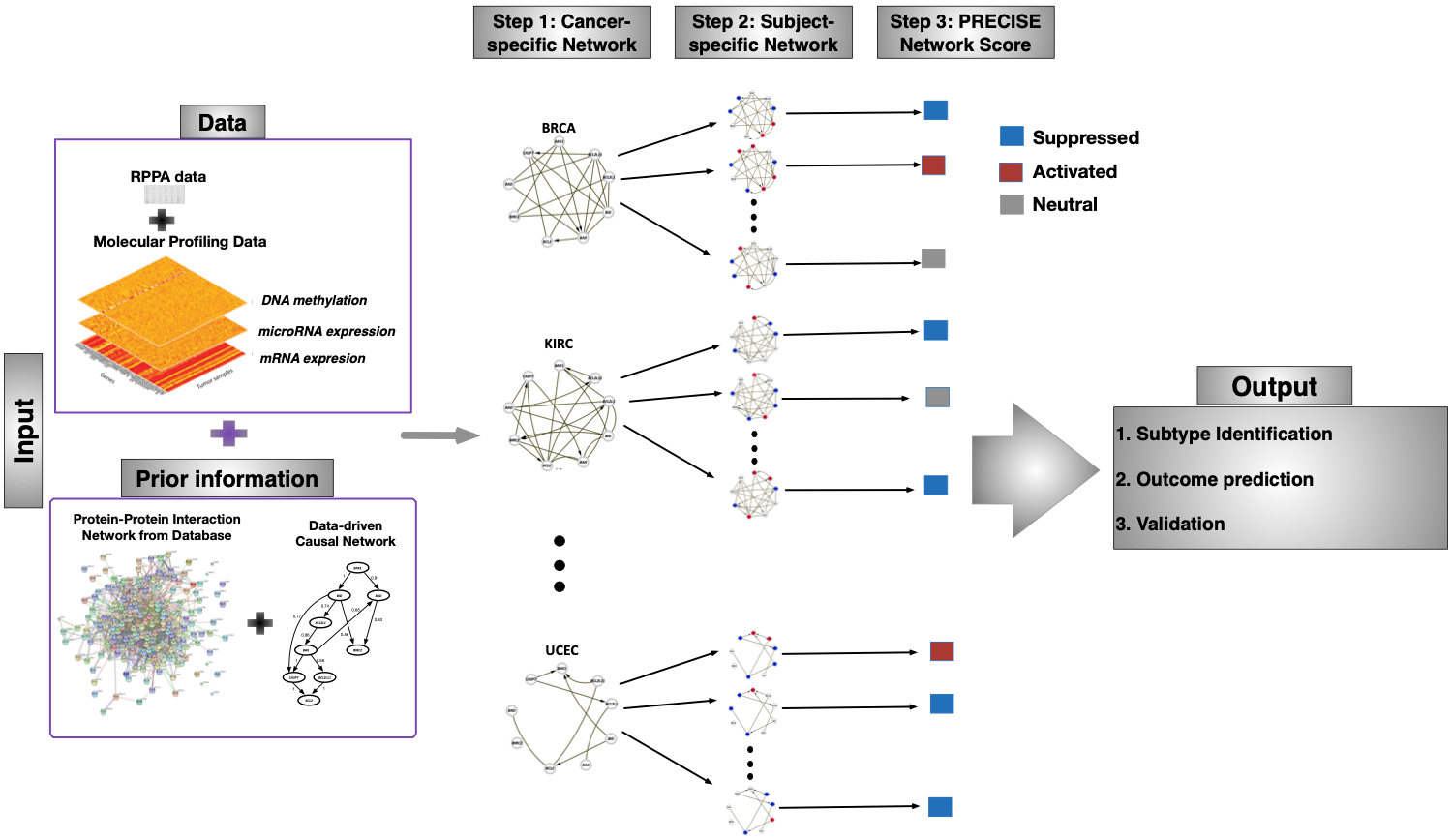Dr. Veera Baladandayuthapani is currently a Professor in the Department of Biostatistics at University of Michigan (UM), where he is also the Associate Director of the Center for Cancer Biostatistics. He joined UM in Fall 2018 after spending 13 years in the Department of Biostatistics at University of Texas MD Anderson Cancer Center, Houston, Texas, where was a Professor and Institute Faculty Scholar and held adjunct appointments at Rice University, Texas A&M University and UT School of Public Health. His research interests are mainly in high-dimensional data modeling and Bayesian inference. This includes functional data analyses, Bayesian graphical models, Bayesian semi-/non-parametric models and Bayesian machine learning. These methods are motivated by large and complex datasets (a.k.a. Big Data) such as high-throughput genomics, epigenomics, transcriptomics and proteomics as well as high-resolution neuro- and cancer- imaging. His work has been published in top statistical/biostatistical/bioinformatics and biomedical/oncology journals. He has also co-authored a book on Bayesian analysis of gene expression data. He currently holds multiple PI-level grants from NIH and NSF to develop innovative and advanced biostatistical and bioinformatics methods for big datasets in oncology. He has also served as the Director of the Biostatistics and Bioinformatics Cores for the Specialized Programs of Research Excellence (SPOREs) in Multiple Myeloma and Lung Cancer and Biostatistics&Bioinformatics platform leader for the Myeloma and Melanoma Moonshot Programs at MD Anderson. He is a fellow of the American Statistical Association and an elected member of the International Statistical Institute. He currently serves as an Associate Editor for Journal of American Statistical Association, Biometrics and Sankhya.

